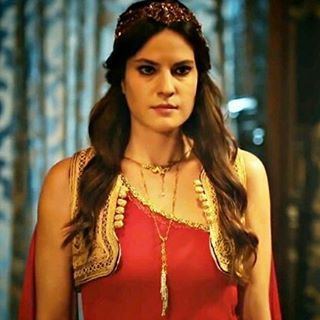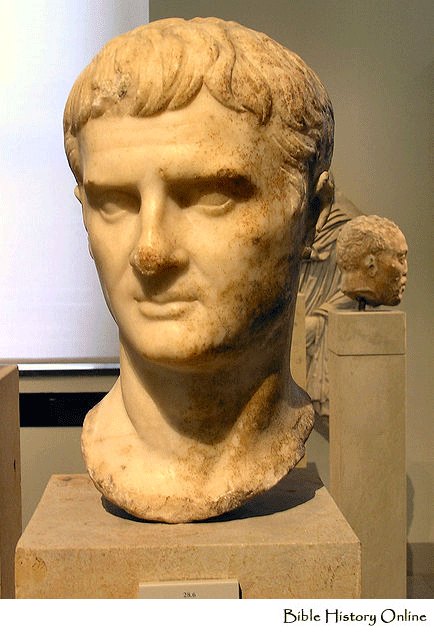Children Osman II | Name Mahfiruz Sultan Grandchildren Sehzade Omer | |
 | ||
Died October 26, 1620, Edirne, Turkey Similar People | ||
Who is mahfiruz hatice sultan
Mahfiruz Hatun (c. 1590 – by 1610 or 1620) was a wife of Ottoman Sultan Ahmed I (r. 1603–17) and mother of Sultan Osman II (r. 1618–22).
Contents
- Who is mahfiruz hatice sultan
- Mahfiruz Hatice Sultan
- Life
- Assessment by Peirce
- In popular culture
- References

Mahfiruz Hatice Sultan
Life

According to historian Baki Tezcan, nothing is known about her except her probable name and period of death. Her Muslim name, Mahfiruz, means "favourite of the crescent". Such peculiar names were given to the women of the Imperial Harem.

She was the first of Ahmed I's three women and bore him Osman II. With the birth of Osman, the couple's first child, Ahmed became the youngest Ottoman sultan to become father, and Osman was the first Ottoman first-born prince to be born in the Imperial capital of Istanbul.


Assessment by Peirce
The date of her death is undetermined. There are evidence that strongly suggests that she died at latest by 1610. According to Leslie P. Peirce, she was alive when Osman was enthroned as sultan in 1618 after the deposition of incompetent Mustafa I; Peirce believes that she was not living in the palace during his son's reign nor did she act as valide sultan, as privy purse registers listed no valide sultan during Osman's reign. Also from the middle of 1620, Osman's governess, the daye hatun, began to receive an extraordinary large stipend, one thousand aspers a day rather than her usual two hundrend aspers, an indication that she was now the official stand-in for the Valide Sultan. Mahfiruz may have fallen out of favour, judging by her absence in the palace and burial in Eyüb rather than with her husband, and never have recovered her status as a royal consort. Venetian ambassador Contarini reported the beating of a woman who had irritated Kösem, ordered by the sultan, in 1612, which may be identified to Mahfiruz. She may have been a rival of Kösem, who made efforts to keep Mustafa safe from execution, and saw an obstacle in Mahfiruz. She was buried in the large sanctuary of Eyüp, Istanbul.
In popular culture
In the 2015 Turkish television series Muhteşem Yüzyıl: Kösem, Mahfiruz was portrayed by actress Dilara Aksüyek. Historical advisors to the series noted that the Sultan was a Circassian by birth. In the fifth episode of the first series, she was introduced as "Çerkes güzeli Raşa" (Circassian beauty Rasha) before being renamed to Mahfiruz (Mahfiruze).
